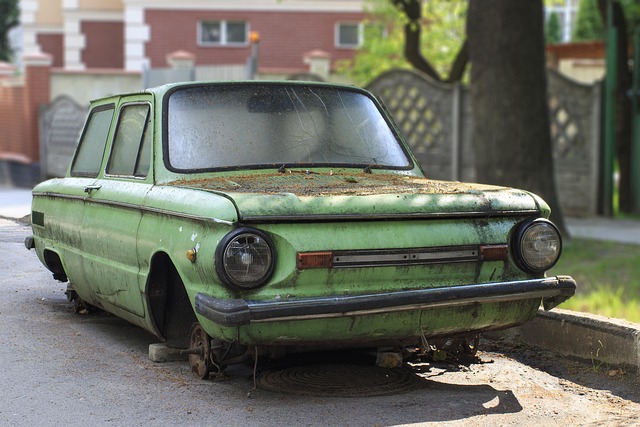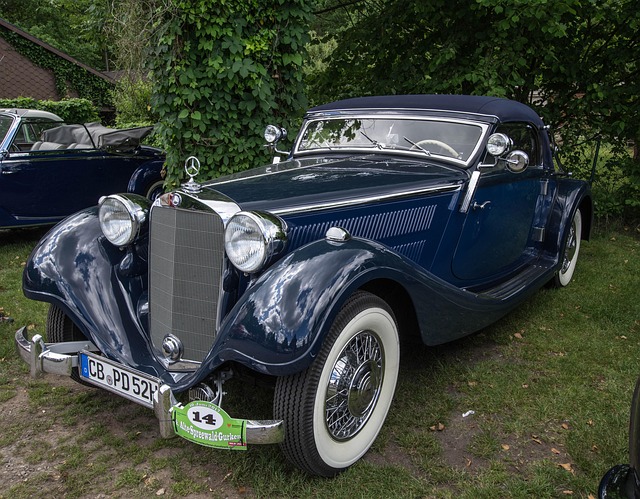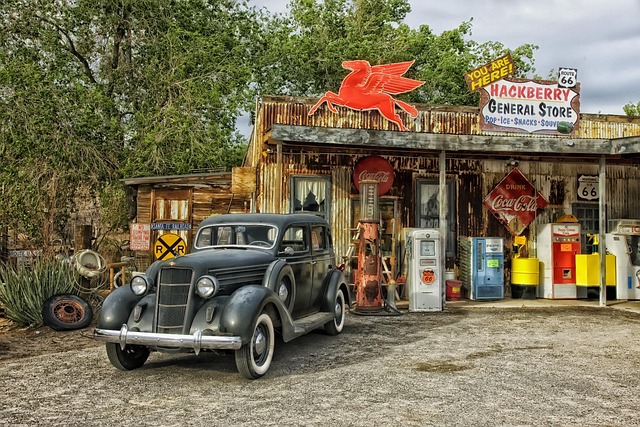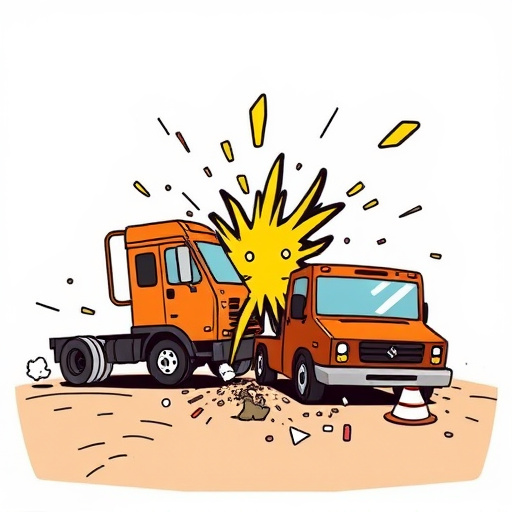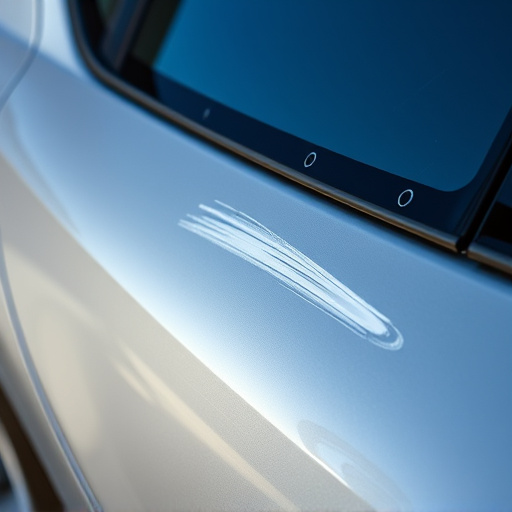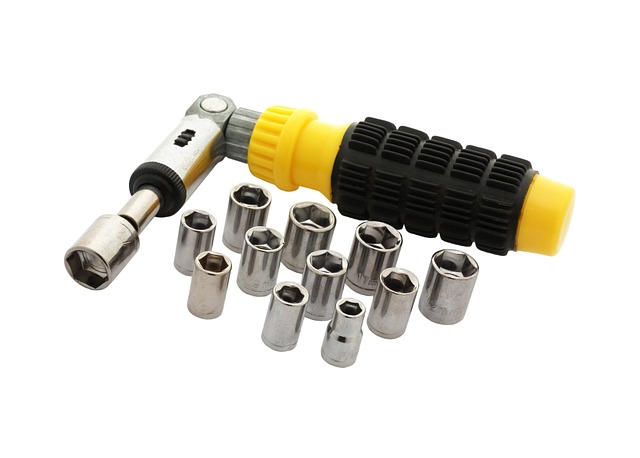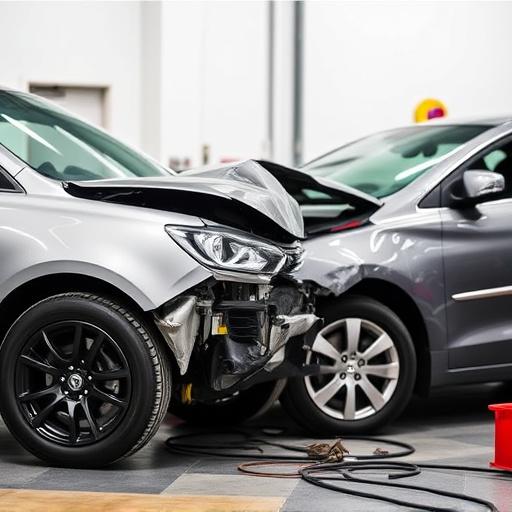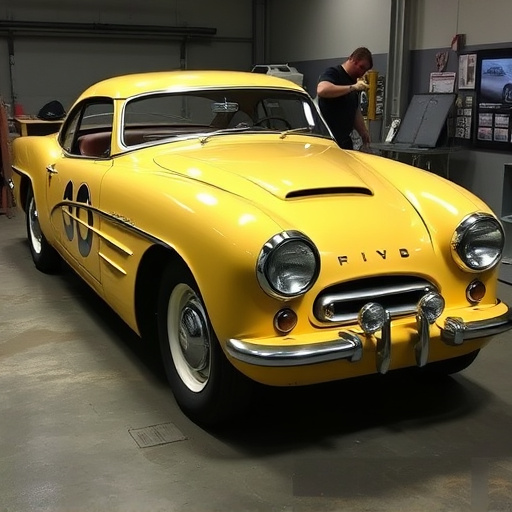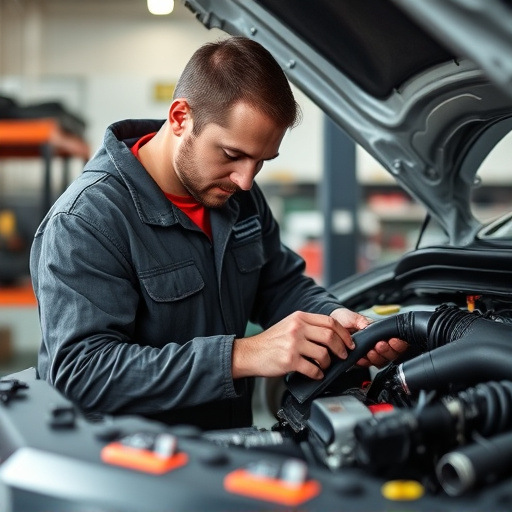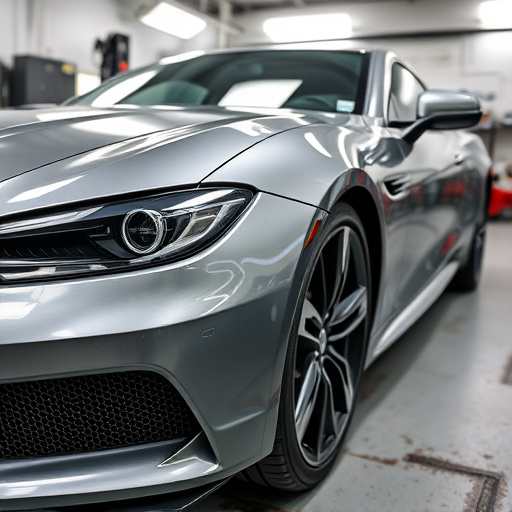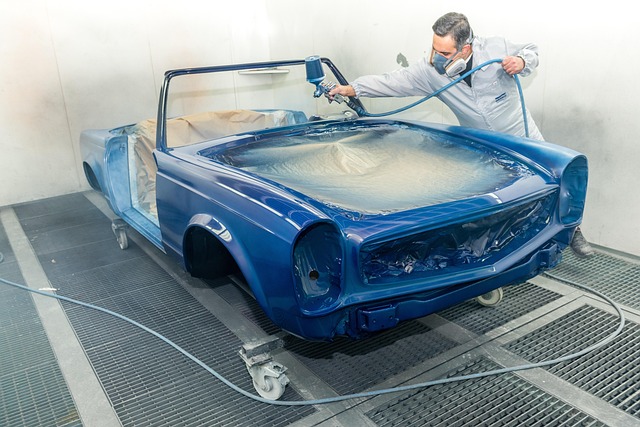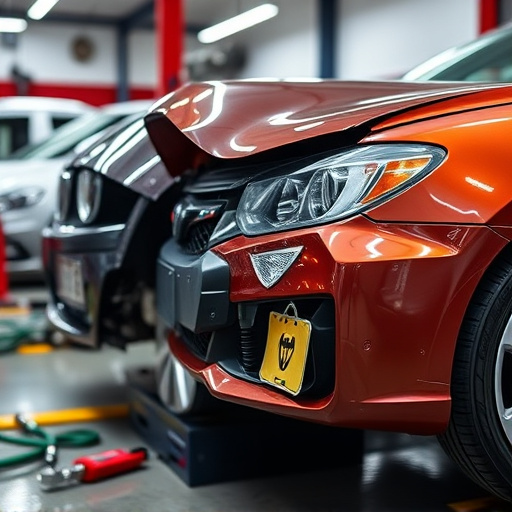The evolution of claim dispute resolution (CDR) has dramatically changed how industries, particularly car paint and collision repair sectors, handle disputes. Traditional legal battles have been replaced by efficient alternatives like mediation, arbitration, and negotiation through ADR, significantly reducing time and costs. This shift has led to enhanced customer satisfaction, improved business reputations, and guaranteed work quality, fostering transparency and accountability throughout the CDR process. Modern methods ensure faster settlements and improve relationships between stakeholders, marking a significant departure from the complex, time-consuming processes of the past.
Claim Dispute Resolution (CDR) has undergone a remarkable transformation, reshaping industries globally. This evolution, from traditional methods to modern techniques, has streamlined processes, enhancing efficiency and significantly reducing costs. By prioritizing customer satisfaction and trust, CDR now acts as a cornerstone of industry dynamics. Looking ahead, technological advancements, including automation, predictive analytics, and artificial intelligence, promise to further revolutionize CDR, while globalization introduces new challenges and opportunities on the horizon.
- The Evolution of Claim Dispute Resolution
- – A historical perspective on traditional methods
- – The emergence of modern claim dispute resolution techniques
The Evolution of Claim Dispute Resolution
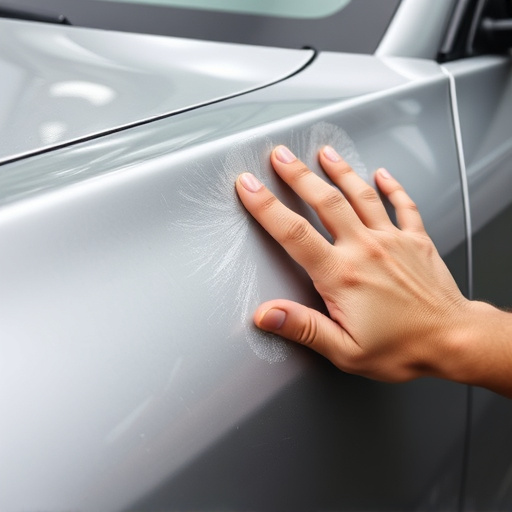
The evolution of claim dispute resolution has been a game-changer for the industry, transforming how disputes are handled and fostering trust between businesses and their clients. Traditionally, resolving claims involved lengthy legal battles, which were costly and time-consuming. However, with the advent of more efficient methods, such as alternative dispute resolution (ADR), the landscape has drastically changed. ADR offers a range of options, including mediation, arbitration, and negotiation, providing parties with faster, more cost-effective solutions without going to court.
This shift has been particularly notable in sectors heavily reliant on vehicle repair services, like car paint repair and collision repair services. By implementing robust claim dispute resolution processes, businesses can enhance customer satisfaction, maintain their reputation, and ensure the quality of their work. As a result, the industry has become more responsive to client needs, promoting transparency and accountability throughout the dispute resolution process.
– A historical perspective on traditional methods
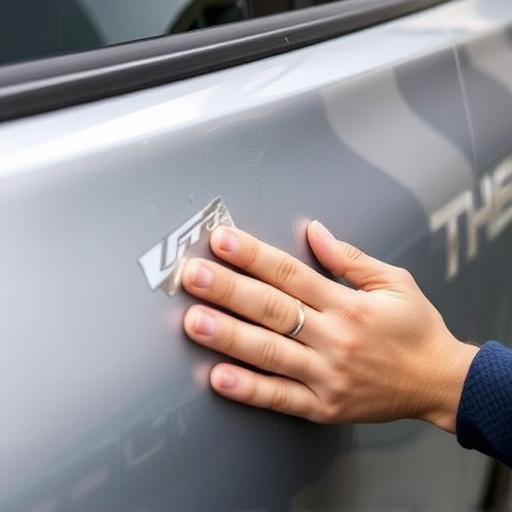
In the past, resolving claim disputes within the industry was a lengthy and often complex process, heavily reliant on traditional methods that could leave both parties dissatisfied. The conventional approach involved lengthy negotiations, sometimes stretching over months, with a focus on legal arguments rather than mutual understanding. For instance, in cases of vehicle body repair or dent removal, customers would often find themselves caught in a web of paperwork and bureaucracy, where auto repair services were viewed as a mere transaction rather than a collaborative effort.
This historical perspective highlights the stark contrast with the modern claim dispute resolution process, which has been transformed by innovative strategies and technology. The industry now embraces more efficient, customer-centric approaches like mediation and alternative dispute resolution (ADR), ensuring faster settlements and improved relationships between stakeholders—a far cry from the labyrinthine processes of old.
– The emergence of modern claim dispute resolution techniques
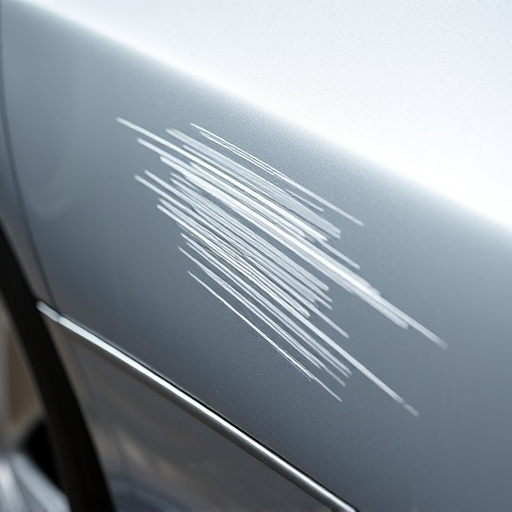
The landscape of claim dispute resolution has undergone a remarkable transformation, evolving from traditional methods to modern, efficient techniques that have forever changed the industry. In the past, resolving disputes often meant lengthy legal battles, with little room for flexibility or mutual benefit. However, the advent of innovative practices has introduced a new era of collaboration and swift outcomes. This shift can be attributed to the integration of technology, alternative dispute resolution (ADR) methods, and a growing emphasis on customer satisfaction.
One notable area where these changes are evident is within the automotive sector. Consider the intricate process of auto body painting or vehicle bodywork restoration—disputes once arising from faulty repairs or disagreements over restoration standards can now be resolved through specialized ADR programs. These programs provide a platform for stakeholders to engage in open dialogue, facilitating mutually agreeable solutions that cater to the specific needs of car body restoration projects. Such advancements not only streamline dispute resolution but also enhance the overall customer experience, ensuring satisfaction and fostering trust among industry professionals.
Claim dispute resolution has undergone a remarkable transformation, evolving from traditional, often lengthy processes to modern, efficient techniques. This shift has not only revolutionized the industry but also brought about significant benefits for all stakeholders. By embracing innovative approaches, the sector has become more accessible, cost-effective, and swift in resolving conflicts. As we look to the future, the continued development of claim dispute resolution methods will undoubtedly further enhance transparency, fairness, and satisfaction across the board.
